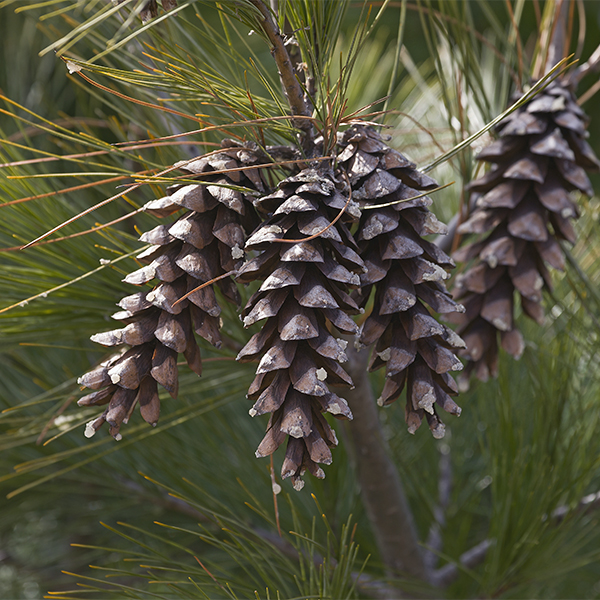
During New England’s winters, the evergreen trees tend to be most prominent in the natural landscape and around our homes. Horticulturists refer to the needled (or narrow-leaf) evergreens like pine, spruce, yew and juniper as “conifers”, the term derived from the Latin name for “cone-bearing”; all conifers have cones rather than seeds for their reproductive structures.
Groves of conifers in the forest form dense and dark canopies, providing shade and shelter from buffering winds. And even though they are fully-clothed with foliage, the branches of large coniferous trees like pines and spruces flex to hold and shed snow without breaking, except in the most extreme conditions. Many older specimens develop uniquely artistic shapes as they mature.
But not all conifers grow to the size and stature of forest trees. Availability of a wide range of sizes, shapes, colors and growth habits makes the conifers one of the most versatile groups of plants for home gardens. Foliage textures vary from sharp to soft and fluffy. Some miniature conifers grow to less than a foot high or wide in 10 years. Others have weeping, spreading or very narrow columnar growth habits that make them well suited to special locations in the garden. Some have variegated foliage for added appeal. And the array of foliage colors is very broad – from all shades of green and intense blue to yellow, orange and even purple, depending upon the time of year.
Because they retain their foliage all year, conifers create a structure or focal-point around which other plants and landscape features can be better viewed – the “backbone” of the garden. Many species, varieties and cultivars are available on the market to suit most any size garden and climate. Slower growing types require little or no maintenance once established. Faster growing conifers are particularly valuable where immediate effect is needed; they help create year-round screening of less desirable views and are wonderful windbreaks. Some types can be pruned and trained to become living sculptures.
The American Conifer Society (http://www.conifersociety.org/) is active throughout the USA, offering opportunities for learning detailed information about the plants and how to grow them. Members tend to be “regular” people who have careers outside horticulture but have a passion for conifers; they are enthusiastic about sharing their knowledge and experiences with other members in the Conifer Society newsletters, regional conferences and exclusive tours of unique gardens often unavailable to others.
Every year new cultivars become available as nurseries and individual collectors discover them. Many nurseries specialize in conifers, and online availability is becoming more common. Conifers should be a component of every garden, even if only for visual enjoyment during the long and often bleak New England winters.
Wayne Mezitt is a 3rd generation nurseryman, a Massachusetts Certified Horticulturist, now chairman of Weston Nurseries of Hopkinton, Chelmsford & Hingham MA, and owner of “Hort-Sense”, a horticultural advisory business. He currently serves in various capacities on several horticulturally-related organizations, including the Massachusetts Horticultural Society at The Gardens at Elm Bank in Wellesley MA, and chairman for the Massachusetts Invasive Plant Advisory Group (MIPAG).









